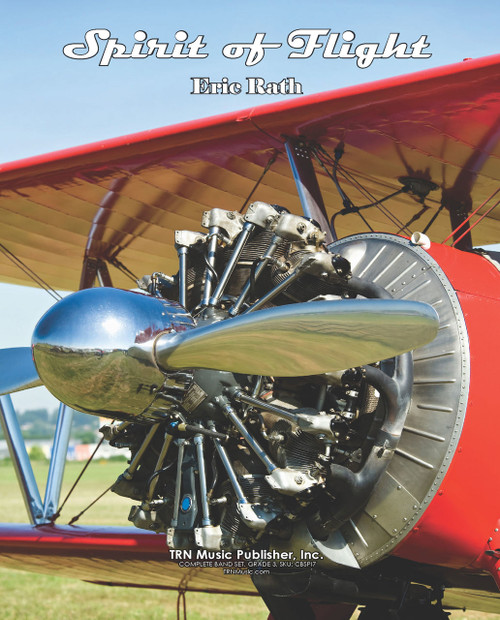Valleyview Junior High School in Amarillo, Texas has been the backbone of Randall High School since it opened its doors in 1983. Located adjacent to its parent campus, the school ceased to operate as a separate entity during the 2002-2003 scholastic year, becoming part of Randall High School. Since its inception, the Valleyview Band program has been highly successful in U.I.L. and festival competition. The program had three head directors during its time as a junior high school: Bob Ferguson, Mike Ellis, and Shannon Dow. Mrs. Dow commissioned this work as a tribute to the teachers and students who made both Randall and Valleyview two of the finest bands in the state. The work draws its material mostly from an original hymn. Of this hymn, the composer quips, It doesnt sound like any single Pentecostal hymn that I know, but it sounds like every other hymn Ive ever heard. The form of the work is a very loose second rondo with a coda.
- A - hymn
- B - dance
- A1 - re-scored hymn
- C - transition
- A2 - altered hymn
- Coda - vamp-like gospel
A - The good people of the High Plains region of Texas still place a high premium on religion, an honest-days work, good manners, and respect for elders. The foundation for these and other strong traditional values begins at the strongest of cornerstones: the church. The hymn should move along. Conductors can use their discretion in planning phrases.
B - A good-natured afternoon picnic might be envisioned as a cakewalk-like dance tune ushers the listener out of Sunday School. This section should be bouncy and energetic; it should never become too loud or ponderous. The transparency of lines is of the utmost importance.
A1 - The hymn returns in a modality shift to minor with re-scored harmonies to provide an introspective and somber mood: a reminder that struggles and sacrifices have been overcome to insure the future of the following generation, another ideal held in high regard.
C - This section is marked by percussive accents and some dissonance. The main melody continues to be drawn from the hymn, but it is presented in an unsettled, disjunct fashion. The signs of modern times and progress are inevitable, but not always embraced with open arms.
A2 - The hymn returns triumphantly, complete with trumpet fanfares and woodwind flourishes. A soulful hint of blues is interjected by saxophones, laying groundwork for the coda. Coda - The coda looks to the future in an optimistic, spiritual manner. The low brass/horn vamp must never sound hurried. The technique must be fluid. Conductors are encouraged to tinker with the coda in an effort to prolong it, slice and dice sections, and utilize an improvisational soloist over the chord changes. It is important not to overblow the final chord . . . . let it ring!
The title is a double-entendre. It serves as a reminder that the spirit of the school lives on in its former students and teachers. The title also suggests that the inspiration for the musical material lies in the spirit of the people on the High Plains.






